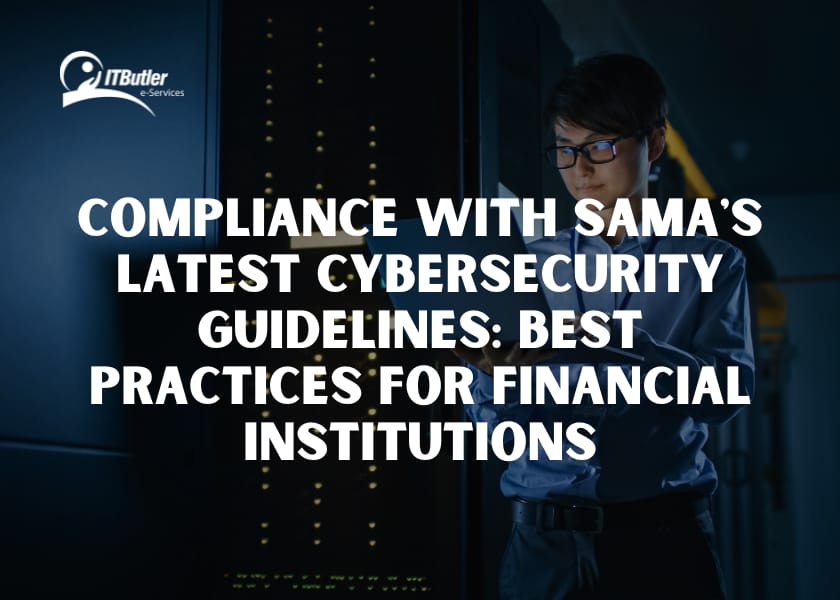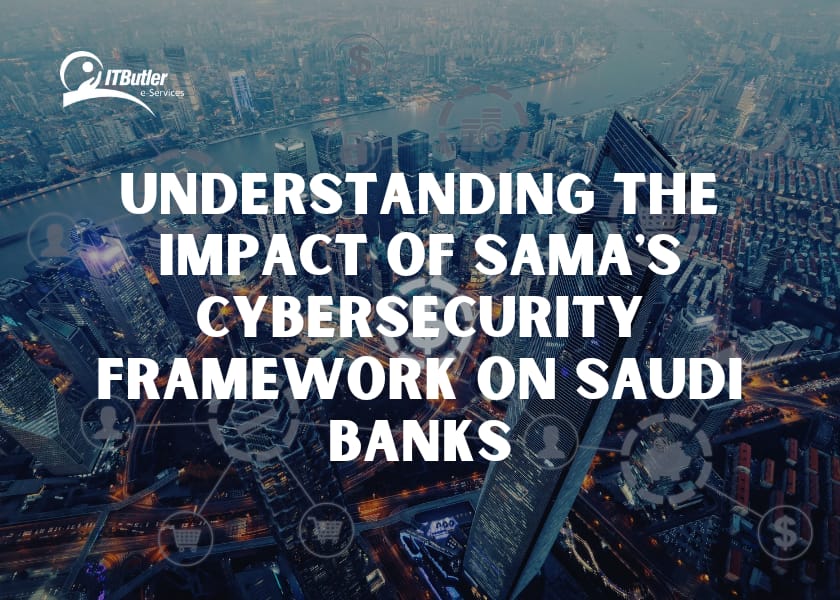In the fast-paced and ever-evolving world of cybersecurity, where threats are dynamic and sophisticated, organizations must be prepared to weather the storm. Cyber crisis simulations have emerged as a strategic imperative, providing a controlled environment to test and fortify cybersecurity measures. This blog post delves into the intricacies of cyber crisis simulations, covering their definition, the mechanics of running them effectively, the numerous benefits they bring to cybersecurity readiness, and their pivotal role in crisis management.
What is Cyber Crisis Simulation?
At its core, a cyber crisis simulation is a strategic and proactive exercise designed to replicate real-world cyber threats and incidents within a controlled setting. This simulated scenario enables organizations to assess and enhance their cybersecurity incident response capabilities, evaluate crisis management procedures, and identify areas for improvement. The objective is to create a dynamic learning environment that mirrors the challenges of the evolving cyber threat landscape.
Key Components of Cyber Crisis Simulation
Scenario Development
- Crafting a compelling and realistic cyber threat scenario is the cornerstone of an effective simulation. This involves considering industry-specific threats, regulatory requirements, and emerging trends.
- The scenario should encompass a range of cyber threats, such as ransomware attacks, data breaches, and social engineering, providing a comprehensive test of the organization’s response capabilities.
Participant Engagement
- Involving key stakeholders is essential for a holistic simulation. Participants, including IT professionals, executives, legal teams, and communication experts, should be assigned specific roles and responsibilities.
- This engagement ensures a cross-functional approach to the simulation, mirroring the collaborative effort required during a real cyber crisis.
Simulation Execution
- The execution phase involves closely monitoring participant responses and the organization’s overall ability to detect, contain, and recover from the simulated cyber crisis.
- Realistic timelines should be adhered to, simulating the time-sensitive nature of cyber incidents and fostering a sense of urgency among participants.
Debrief and Analysis
- Post-simulation, a comprehensive debriefing session is conducted to analyze the organization’s performance. This includes strengths demonstrated, weaknesses identified, and lessons learned.
- Documentation of insights gained during the simulation forms the basis for subsequent improvements to cybersecurity measures.
How Do You Run a Crisis Simulation?
Running a cyber crisis simulation involves a systematic approach, encompassing careful planning, execution, and thorough analysis to ensure its efficacy in enhancing cybersecurity readiness.
Steps to Run a Cyber Crisis Simulation
Define Objectives
The first step is to clearly define the objectives of the simulation. Whether testing incident response procedures, assessing communication protocols, or evaluating regulatory compliance, establishing specific goals is crucial.
Scenario Development
- Develop a realistic and challenging cyber threat scenario that aligns with the organization’s industry, regulatory environment, and potential threat landscape.
- The scenario should evolve dynamically, presenting participants with unforeseen challenges to test their adaptability.
Participant Briefing
- Participants should be provided with a detailed briefing on the simulation, including their roles, responsibilities, and the overarching scenario.
- Emphasizing realistic and active participation ensures that the simulation reflects the intensity of a real-world cyber crisis.
Simulation Execution
- Execute the simulation, closely monitoring participant actions and responses. Injecting new challenges into the scenario ensures ongoing engagement and tests the organization’s adaptability.
- Simulating various scenarios allows participants to experience a range of cyber threats, fostering a comprehensive understanding of potential risks.
Debriefing and Analysis
- Conduct a thorough debriefing session immediately after the simulation, encouraging participants to share experiences, challenges faced, and lessons learned.
- Documenting key takeaways and insights provides valuable information for refining incident response plans and cybersecurity measures.
Benefits of Cyber Security Simulation
The benefits of cyber security simulations extend beyond testing technical capabilities, contributing to organizational resilience and preparedness in the face of evolving cyber threats.
Key Benefits of Cyber Security Simulation
Risk Mitigation
- Early identification and remediation of security issues proactively mitigate the risk of security breaches and data compromises.
- Implementing measures to reduce the attack surface and minimizing potential points of exploitation enhance overall security.
Incident Response Enhancement
- Cyber security simulations serve as a practical training ground, improving the effectiveness and efficiency of incident response teams.
- Hands-on experience in managing complex cyber crises builds confidence and sharpens skills among response teams.
Team Coordination and Communication
- The collaborative nature of simulations enhances coordination and communication among different teams.
- Participants learn to work seamlessly across departments, fostering a unified approach to cyber incident management.
Regulatory Compliance
- Simulations ensure that organizations are well-equipped to handle cyber incidents in a manner that aligns with industry regulations and legal requirements.
- Testing and validating responses to simulated incidents contribute to ongoing compliance efforts.
Preparedness for Emerging Threats
- Staying ahead of the evolving threat landscape is achieved through simulations that mirror emerging cyber threats and tactics.
- Organizations are better positioned to adapt and implement proactive measures against new and emerging cyber risks.
Role of Simulation in Crisis Management
Simulations play a pivotal role in crisis management, providing a proactive and strategic tool to prepare organizations for unforeseen cyber challenges.
Key Aspects of Simulation in Crisis Management
Simulations play a pivotal role in crisis management, providing a proactive and strategic tool to prepare organizations for unforeseen cyber challenges.
Preparedness and Readiness
- Cyber crisis simulations bolster organizational preparedness by exposing teams to a diverse range of cyber crises.
- Hands-on experience in managing simulated incidents ensures that teams are ready to respond effectively when real incidents occur.
Continuous Improvement
- Insights gained from simulations are invaluable for iteratively enhancing incident response plans, communication strategies, and overall cybersecurity measures.
- The iterative nature of simulations allows organizations to adapt and improve their cybersecurity posture over time.
Risk Assessment and Mitigation
- Simulations identify and assess potential risks, providing organizations with the opportunity to proactively implement mitigation strategies.
- The knowledge gained from simulations informs risk assessments, allowing organizations to make informed decisions to reduce risk.
Decision-Making Skills
- Exposing key stakeholders to the pressure and time-sensitive nature of cyber crises hones their decision-making skills.
- Through simulations, decision-makers gain valuable experience in making critical decisions under stress, preparing them for real-world scenarios.
In conclusion, cyber crisis simulations are not mere exercises; they are strategic initiatives that empower organizations to navigate the complex and ever-changing landscape of cybersecurity. By running simulations effectively, organizations can not only bolster their technical capabilities but also enhance team coordination, communication, and overall crisis management preparedness. Embracing the benefits of cyber security simulations is a proactive step towards building resilience and fortifying defenses against the myriad cyber threats that organizations face in today’s digital age.






